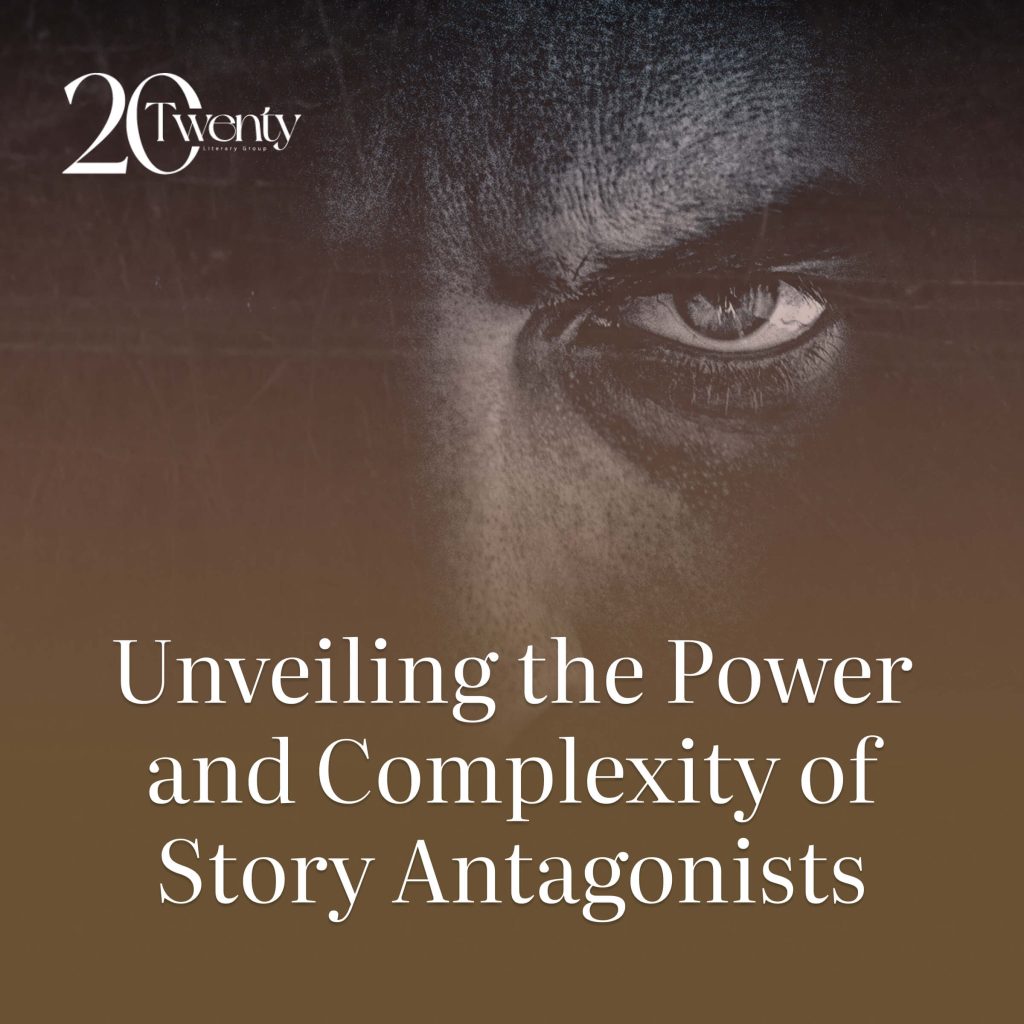Every great story needs a force to be reckoned with—a figure that challenges the protagonist’s journey, ignites conflict, and propels the narrative forward. Enter the story antagonist—a character that brings depth, tension, and complexity to the plot. In this exploration, we delve into the realm of story antagonists, understanding their pivotal role, examining their motivations, and uncovering the art of crafting memorable adversaries.
The Essence of Story Antagonists
Story antagonists are more than just villains; they are the catalysts for growth and transformation in both the protagonist and the narrative. These characters stand as formidable obstacles, representing opposition, conflict, and a mirror to the protagonist’s inner struggles. As much as the hero defines the story, the antagonist shapes its trajectory.
The Role of Story Antagonists
- Conflict Driver: Antagonists serve as the primary sources of conflict in a story. Their goals and motivations directly oppose those of the protagonist, creating a battleground for desires, beliefs, and values.
- Character Development: A well-crafted antagonist challenges the protagonist’s beliefs, forcing them to evolve, adapt, and confront their flaws. This transformation is often at the heart of the story’s emotional journey.
- Thematic Amplification: Antagonists can amplify the story’s themes by representing opposing viewpoints or embodying the negative consequences of certain choices. This contrast highlights the central ideas of the narrative.
Crafting Complex Antagonists
- Motivations and Depth: Give your antagonist compelling motivations that go beyond simple “evil. Explore their backstory, fears, desires, and vulnerabilities to create a multi-dimensional character that resonates with readers.
- Gray Area: Consider introducing shades of gray to your antagonist’s character. Complex villains have their own struggles, ethics, and justifications that challenge readers’ perceptions.
- Relatable Traits: Infuse relatable qualities into your antagonist. Shared human experiences, like ambition, love, or pain, make the character more believable and engender a deeper emotional connection.
Antagonist-Archetype Spectrum
- Traditional Villain: The classic antagonist, driven by power, revenge, or a desire to control Think Darth Vader or Maleficent—characters whose motives are straightforward but potent.
- Sympathetic Antagonist: This type possesses redeeming qualities or a tragic past that evokes empathy. Walter White from “Breaking Bad” is a prime example of a protagonist-turned-antagonist.
- Antihero: Characters like Deadpool or Severus Snape blur the line between protagonist and antagonist. Their morally ambiguous actions challenge conventional definitions of good and evil.
Conclusion
Just as the stars and the moon share the night sky, the protagonist and antagonist share the stage, each defining the other’s role. A well-developed story antagonist elevates a narrative from a mere sequence of events to a tapestry of emotions, challenges, and growth. As you embark on your storytelling journey, remember that the antagonist is not simply a foil to the hero but a catalyst for exploration, transformation, and the deepening of the human experience. By crafting antagonists with depth, complexity, and resonance, you shape a narrative that lingers in the hearts and minds of readers long after the final page is turned.

